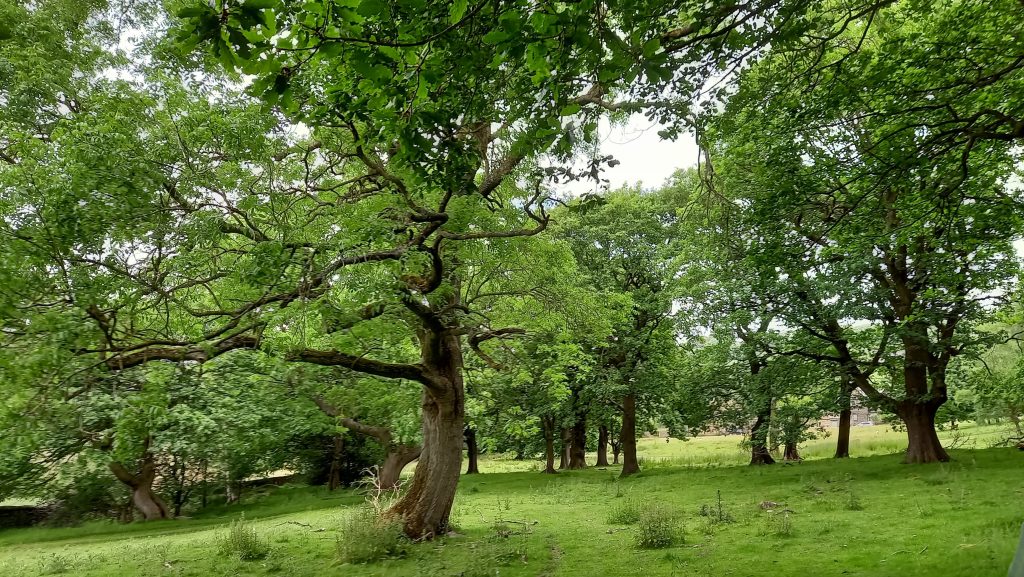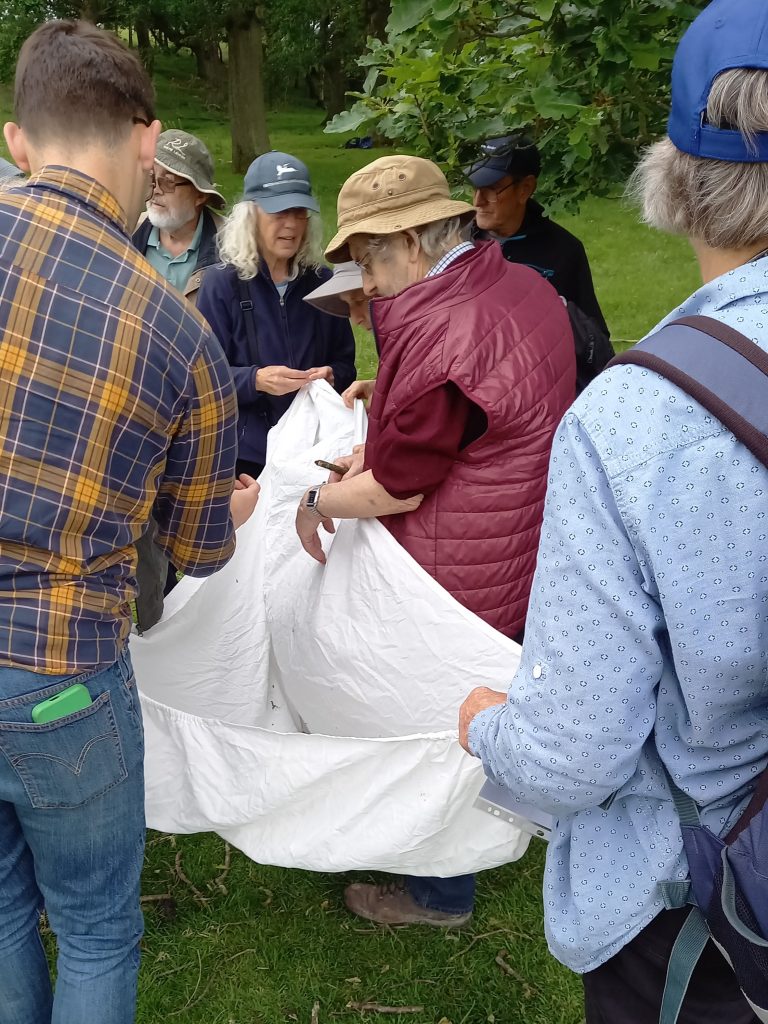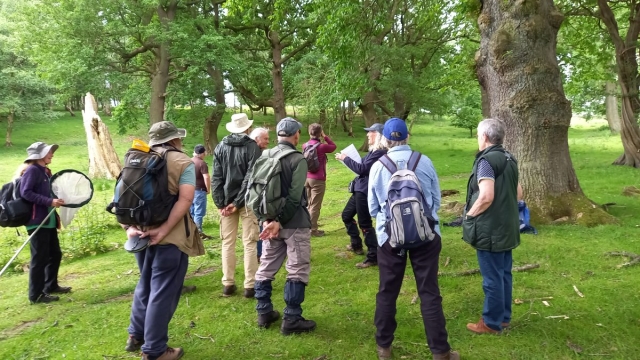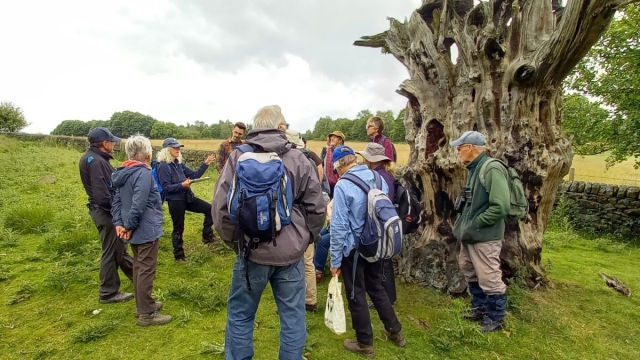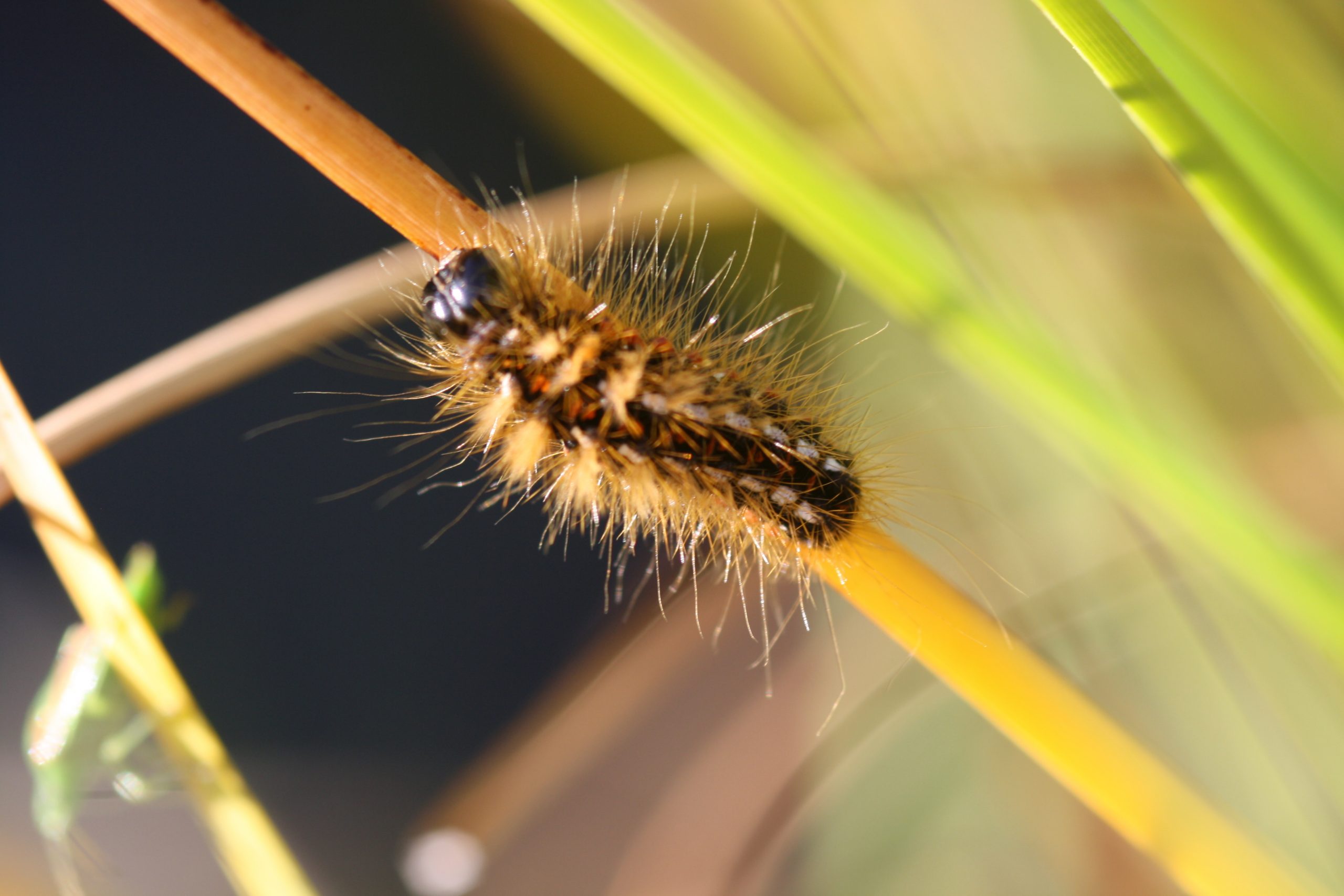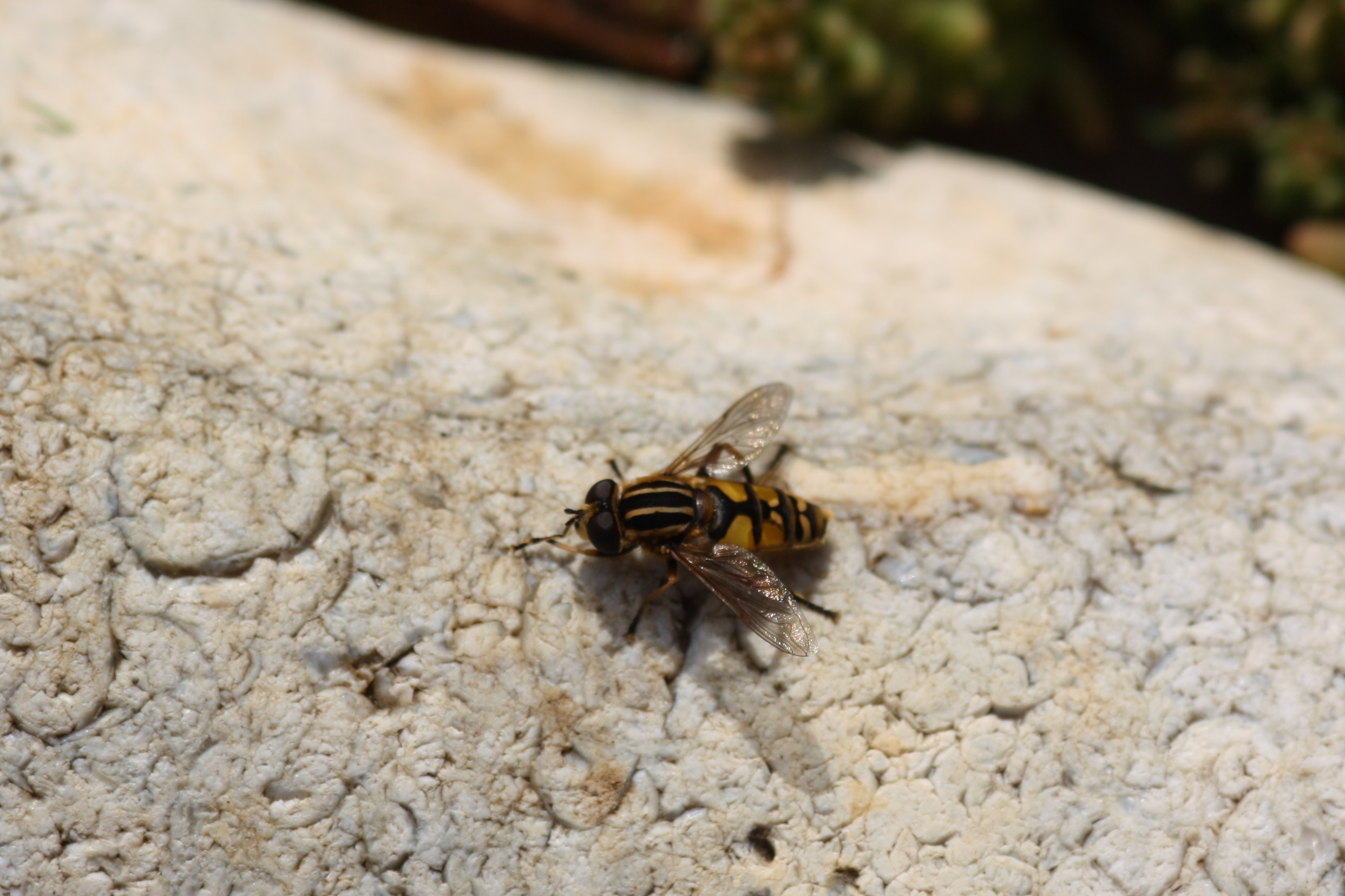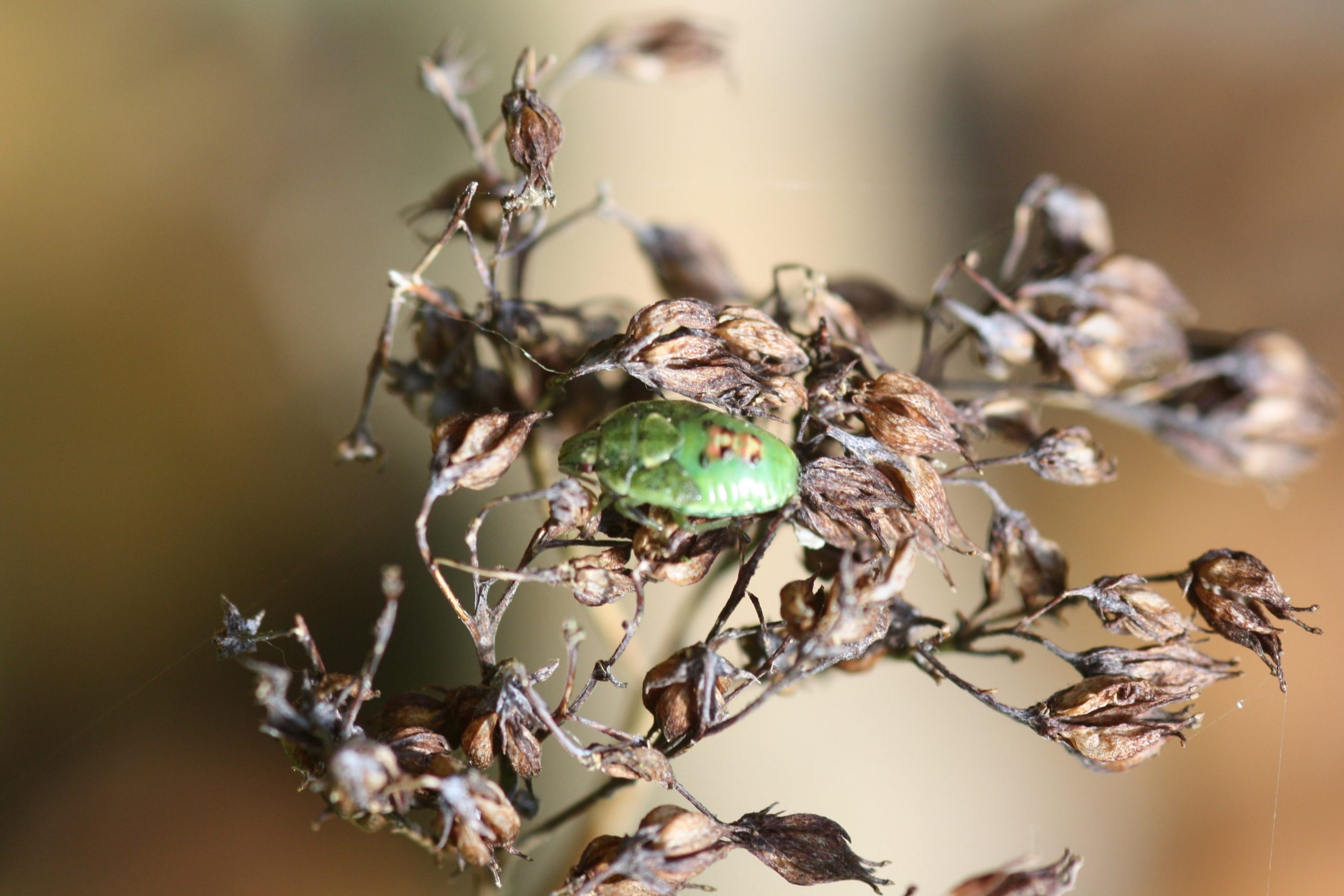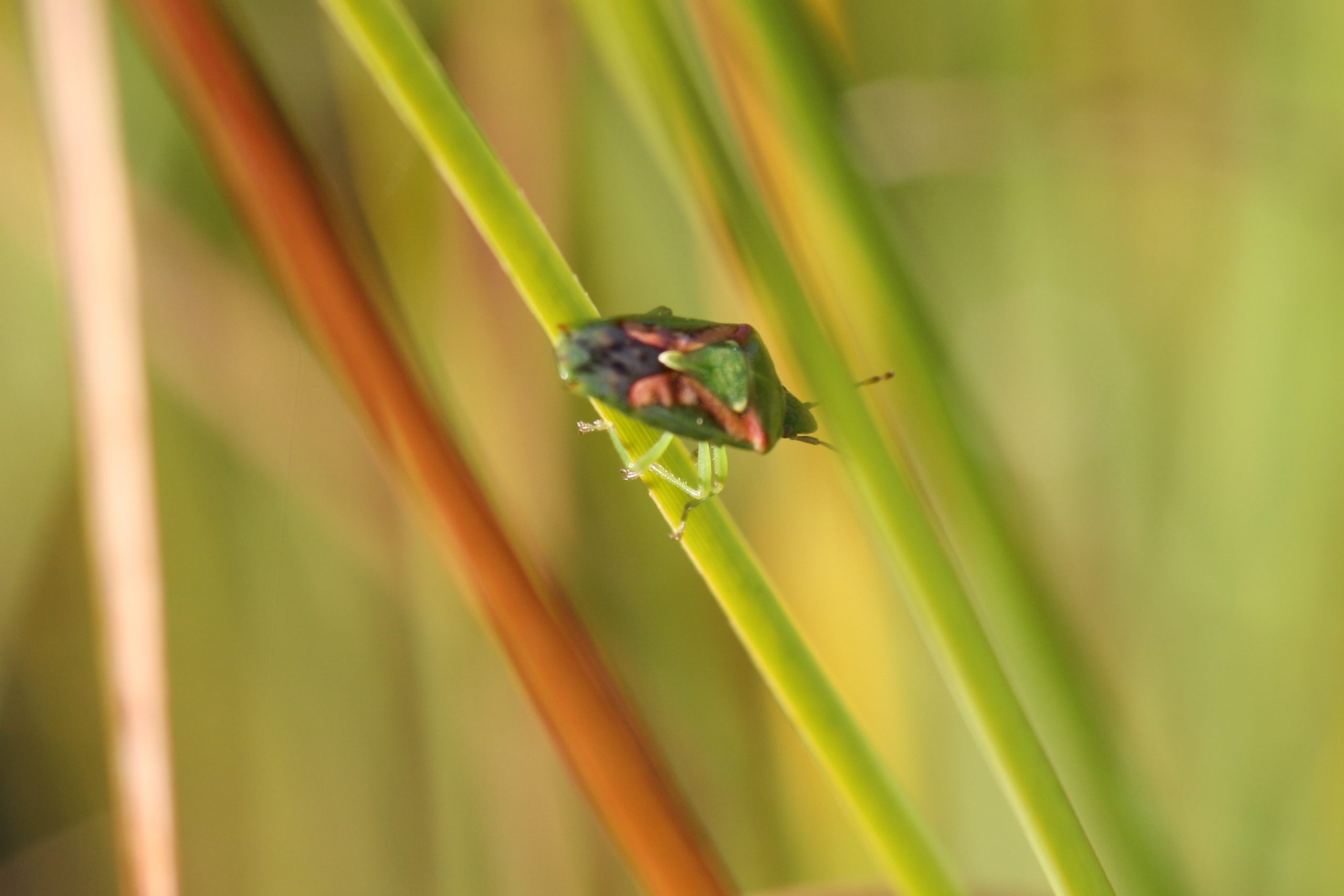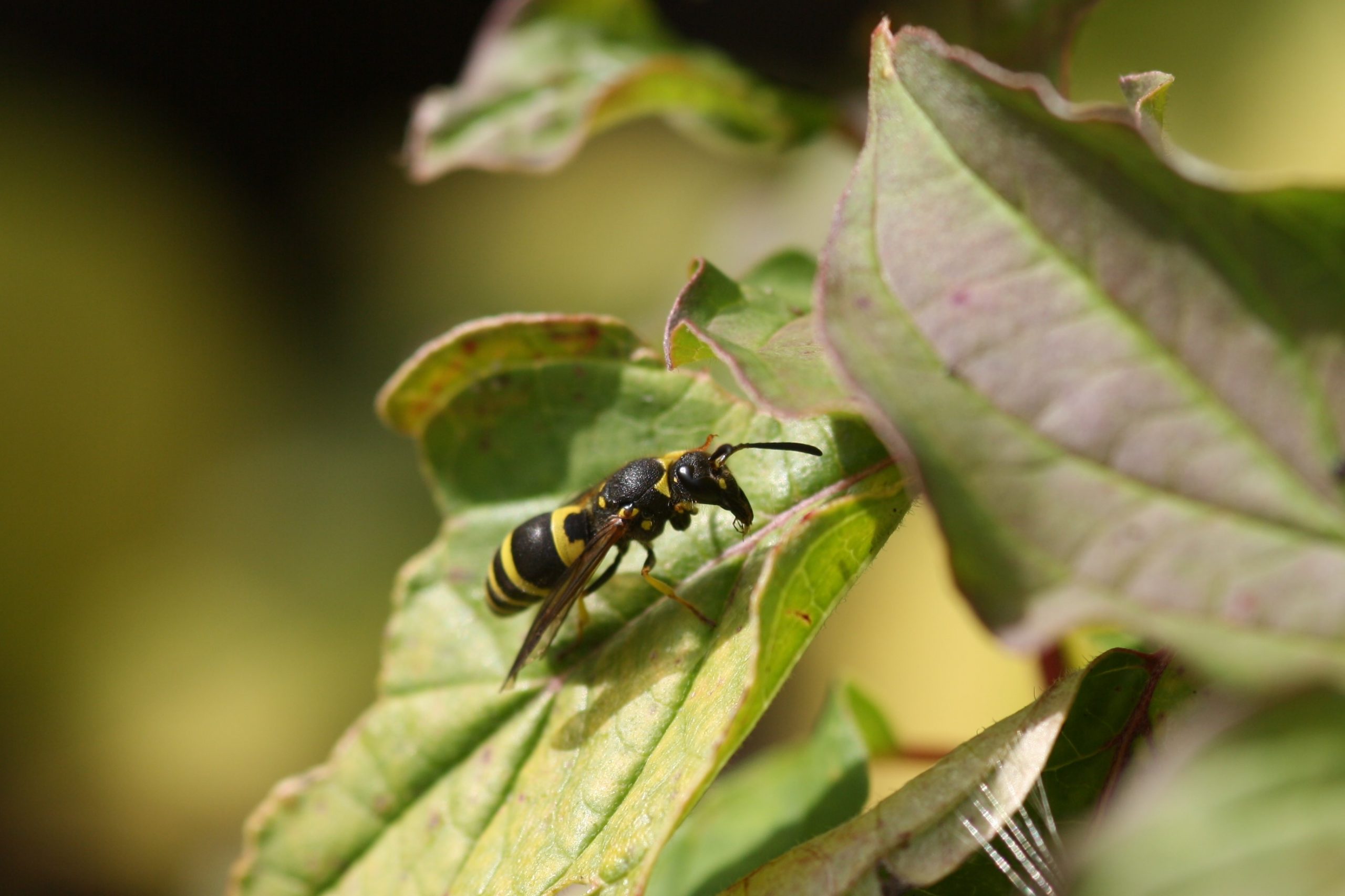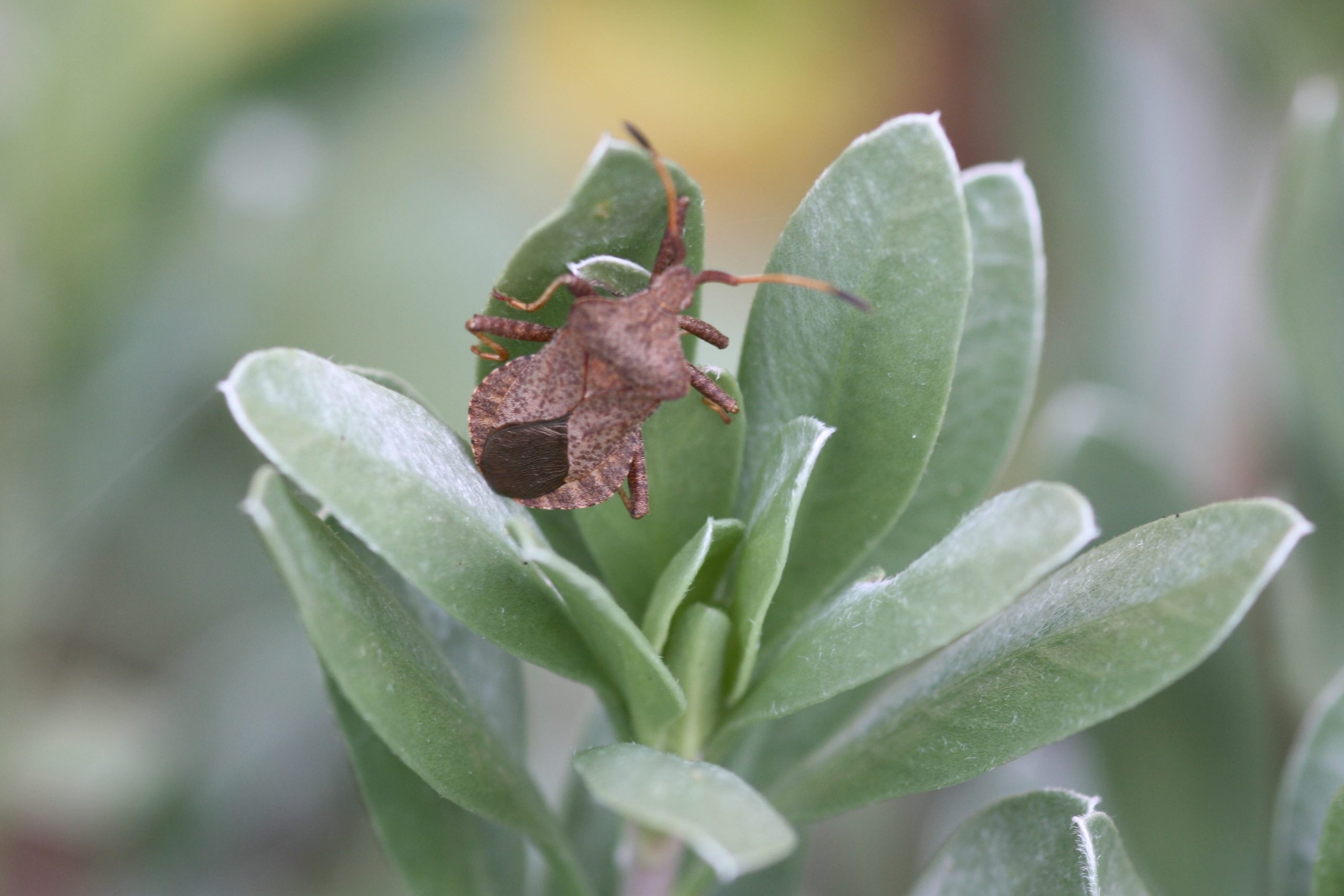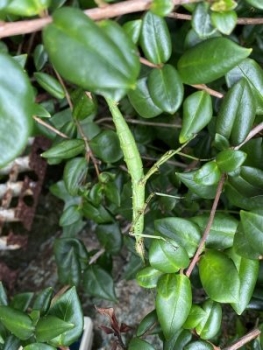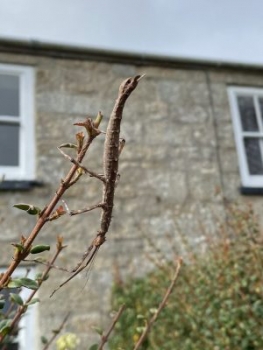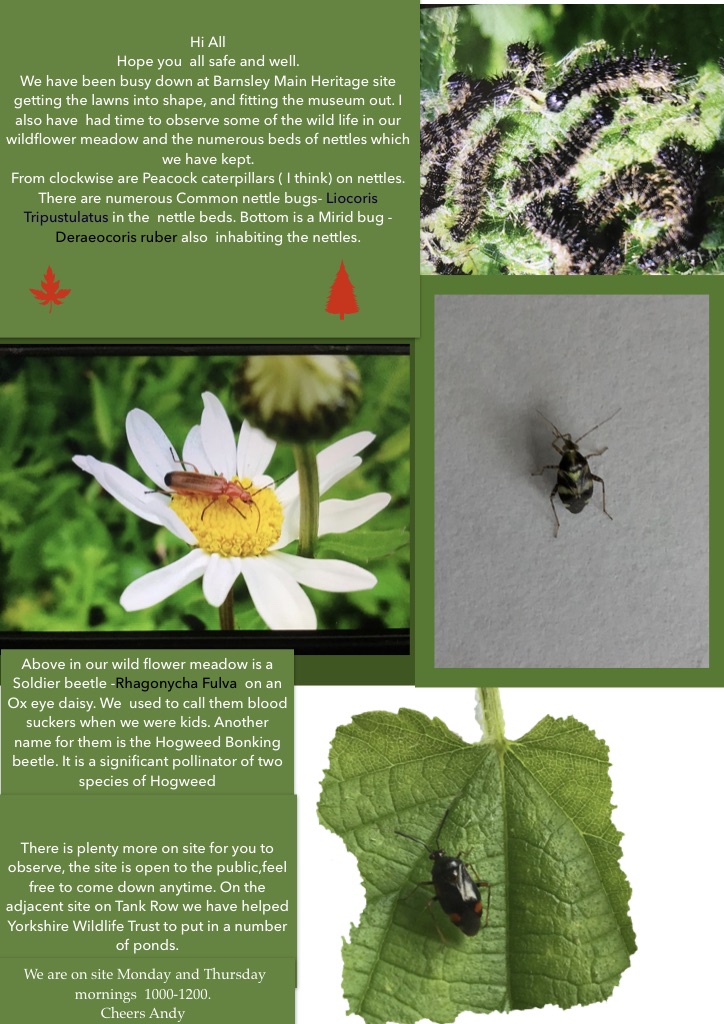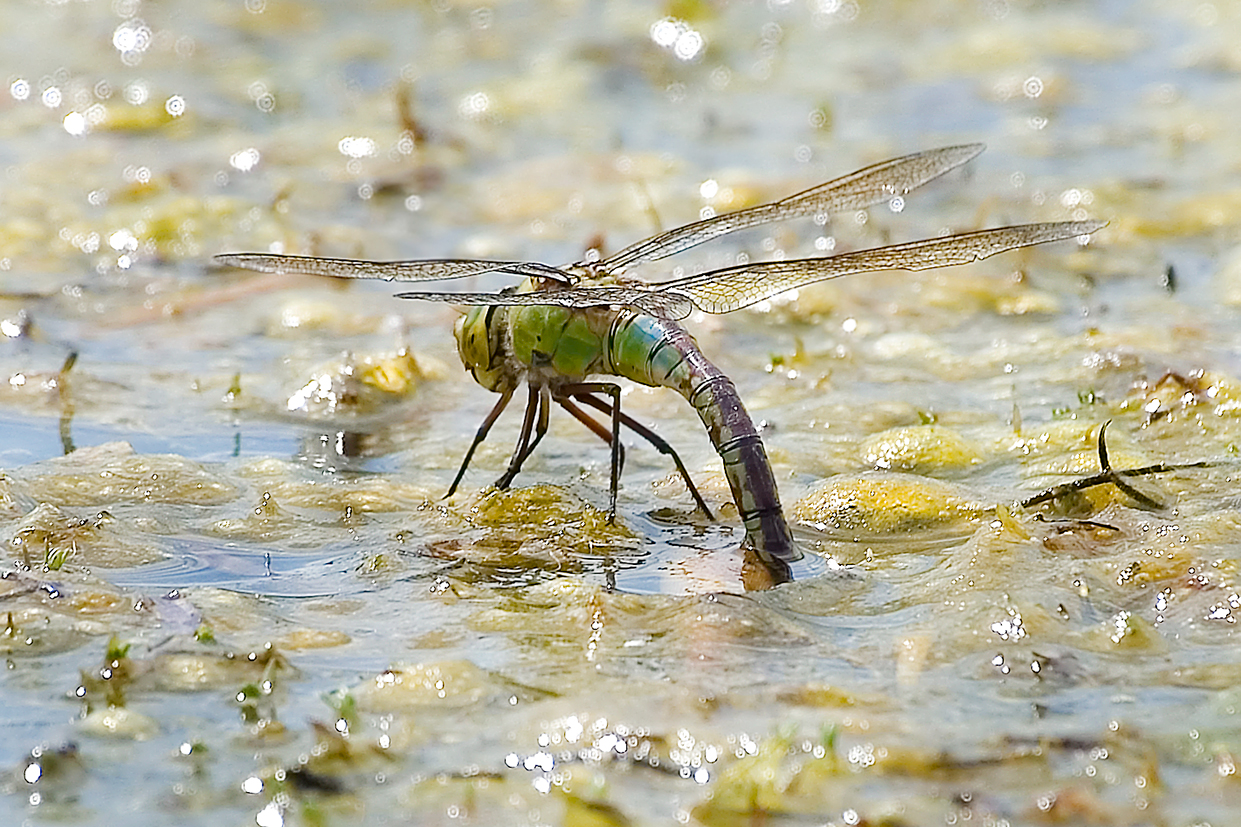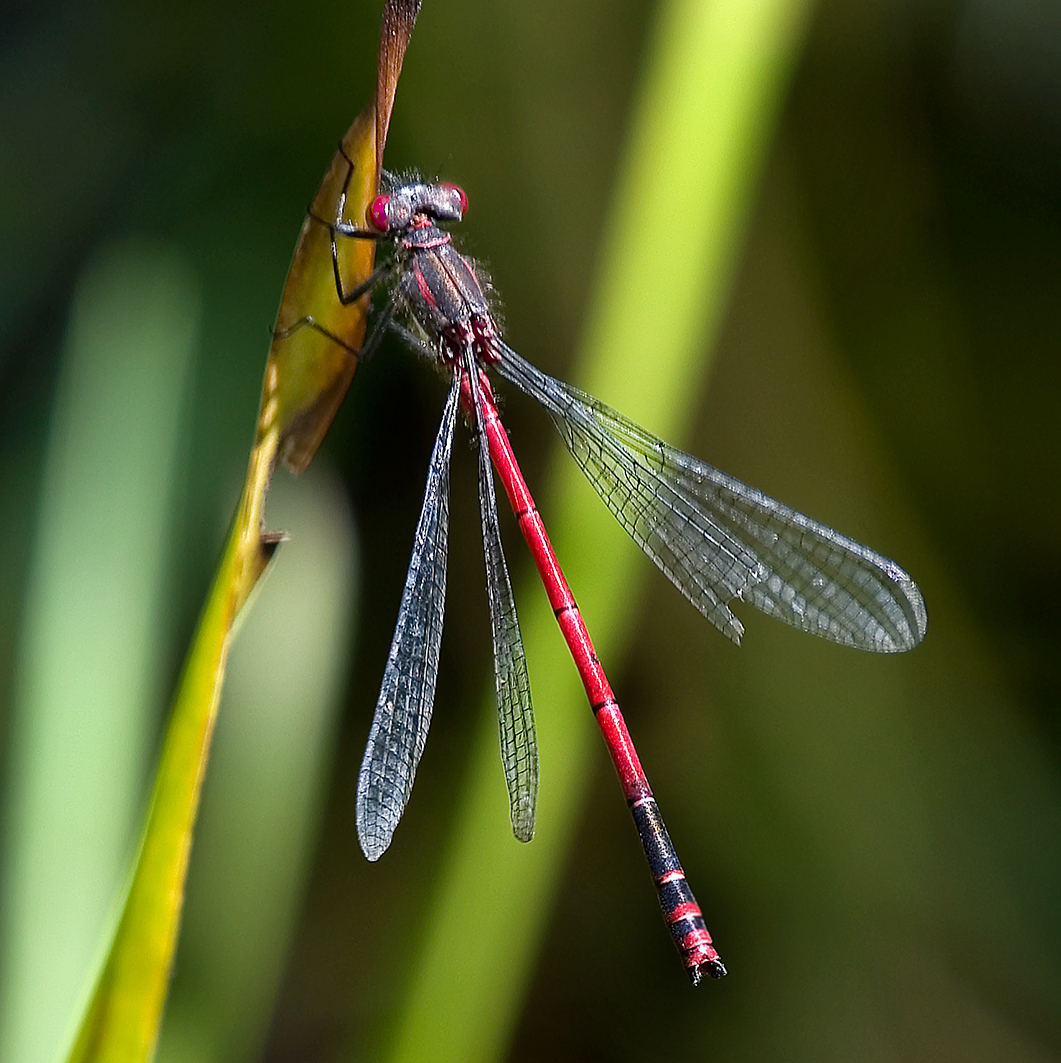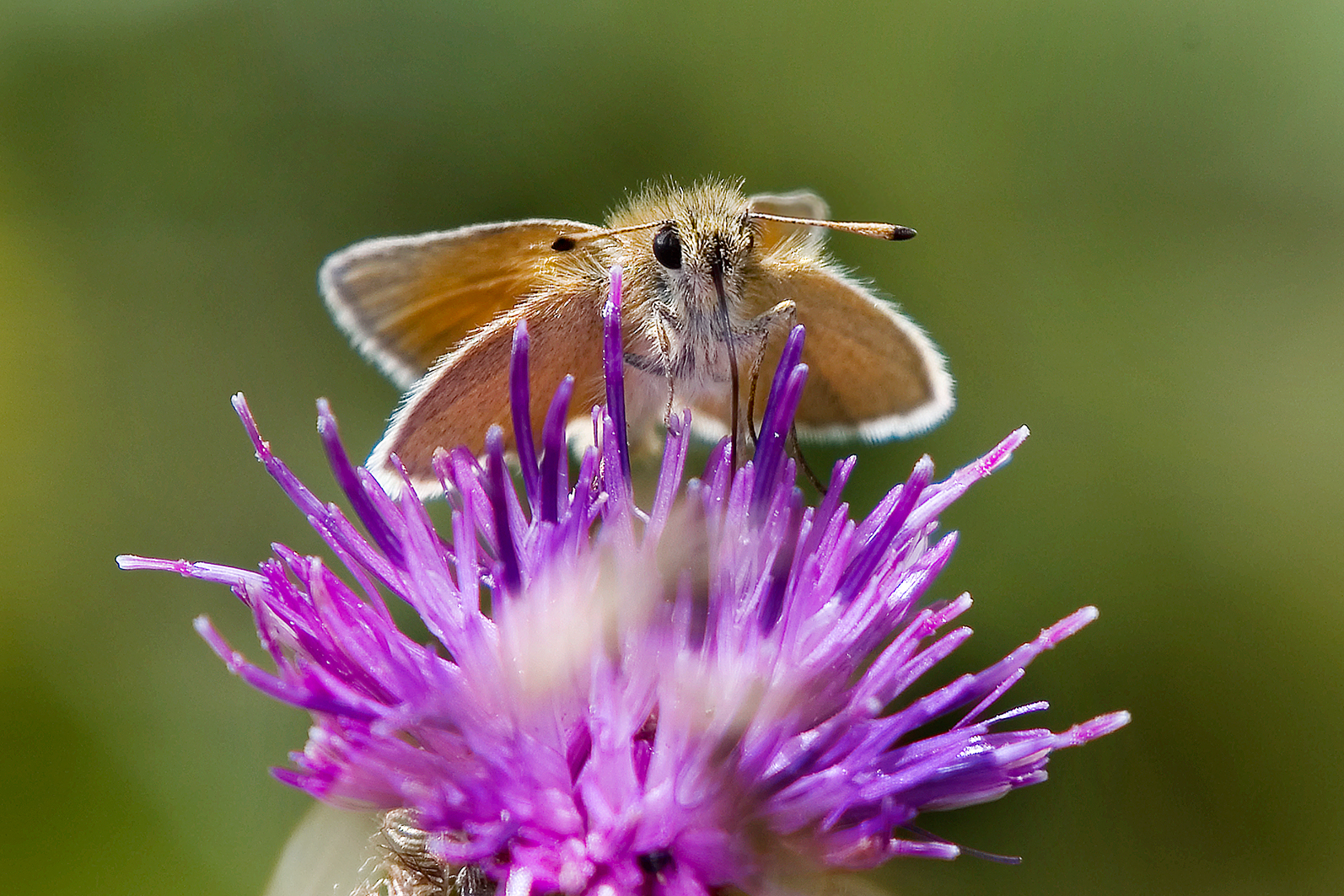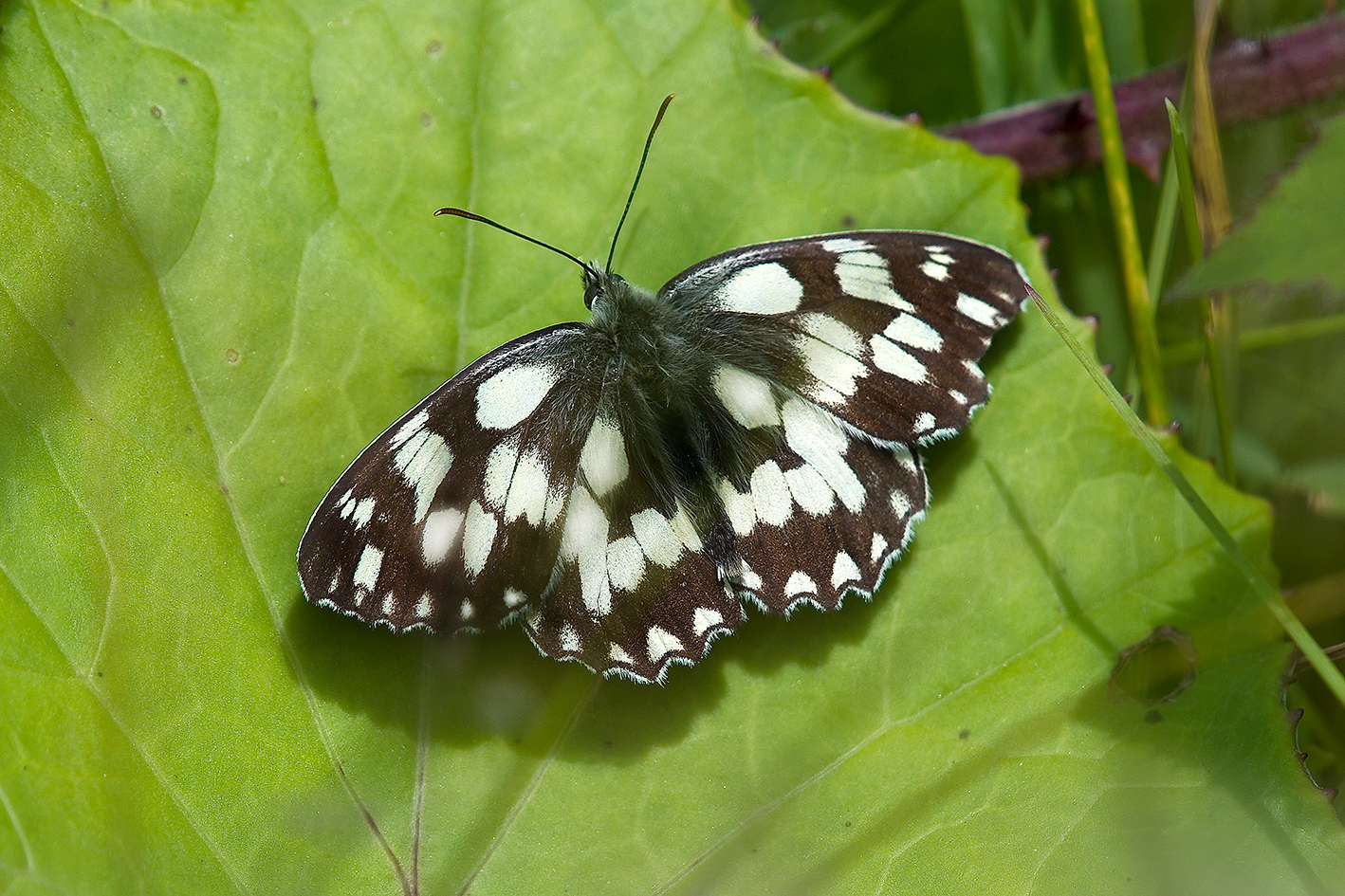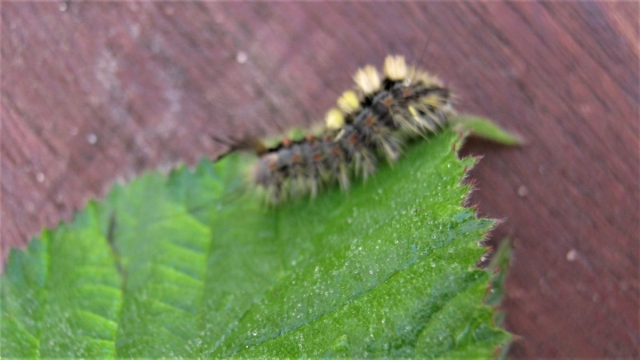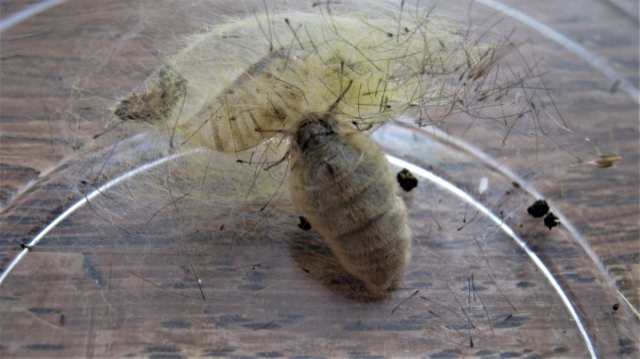These images are from some of the highlights over the last two or three weeks.
My recent visits to local grassland sites have been rewarded with very pleasing numbers of grassland butterflies. In particular, Meadow Brown, Gatekeeper, Ringlet, Small Skipper, Small Heath and the whites have been quite abundant. I almost felt like I’d been transported to the Victorian age!
Former Wentworth Railway Station Site
[This is now a Barnsley council brownfield site, to the west of Skiers Spring Wood.]
A total of 86 Meadow Brown. Good numbers of Ringlet, Gatekeeper, Large, Small and Green-veined Whites, and Small Skipper, along with several Six-spot Burnet Moth, Small Tortoiseshell, and numerous Meadow Grasshoppers.
A total of 189 butterflies.
Koyo Bearings Meadow and track on Dodworth Muckstack
A total of 63 Meadow Brown. Pleasing numbers of Ringlet, Gatekeeper, Small Heath, Small Skipper, Small and Green-veined White, Six-spot Burnet Moth, along with Peacock, Small Tortoiseshell, Comma, Shaded Broad Bar Moth and a few Meadow Grasshoppers.
A total of 216 butterflies.
Hugset Wood /Silkstone Golf Course boundary path
11 Comma, four White-letter Hairstreak and several Meadow Brown, Gatekeeper, Peacock, Small Skipper, Small Tortoiseshell, Small & Green-veined White, Ringlet and possible Essex Skipper.
A total of 49 butterflies
Plus I had my first ever Six-belted Clearwing Moth and more -worth a separate post!

